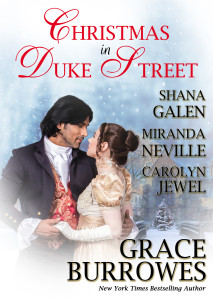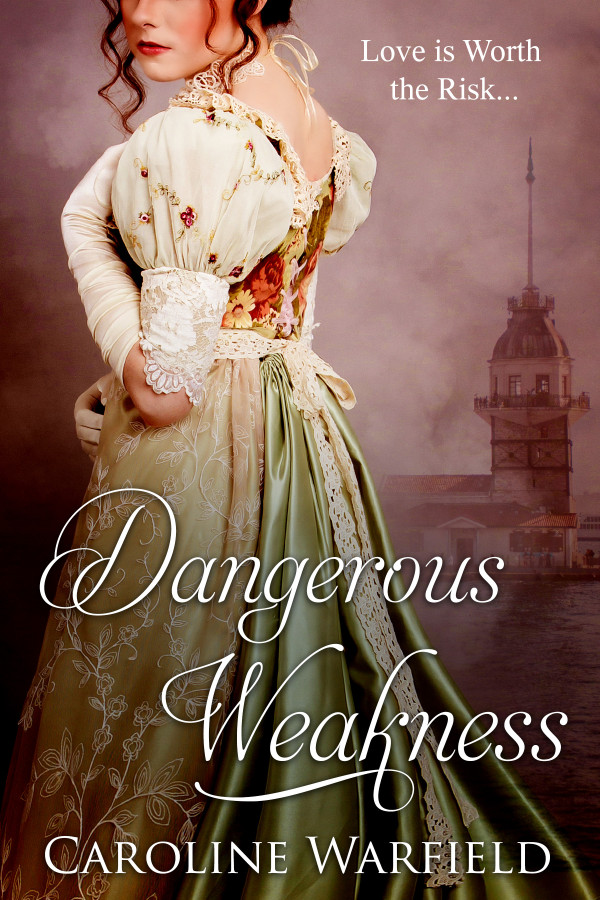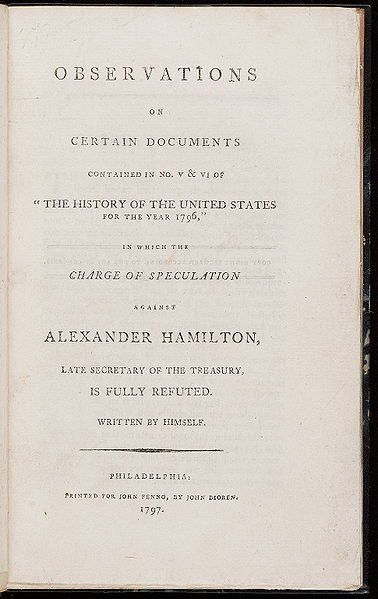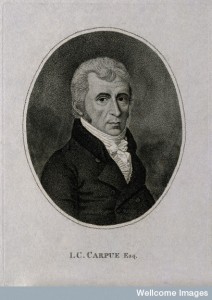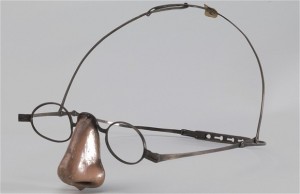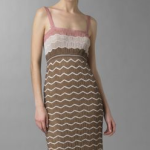Yay! It’s never too soon for a holiday anthology of wonderful stories by Miranda Neville, Yours Truly, Shana Galen and Grace Burrowes, am I right?
Four original holiday stories by four bestselling authors. My story is called A Seduction in Winter and I think it came out pretty awesome. In fact ALL the stories are awesome.
There’s a prize too! Details at the end!
Who doesn’t want Chicken Poop?
I will send three randomly selected commenters a copy of the summer anthology Dancing in The Duke’s Arms by the same authors.
But wait! There’s more! I will also send those same lucky commenters some of the best lip balm ever. Chicken Poop. Yes. Chicken Poop. In case you’re worried, as you can see from the photos below, there is NO ACTUAL POOP in the lip balm.
So don’t worry! You could end up with two fabulous books (one free and one for $4.99 or the nearest VAT inclusive currency eqiuvalent) for a total of 8 stories, plus Chicken Poop.
About Christmas in Duke Street
Christmas in London is a busy time at the little bookshop in Duke Street, for love, literature, and shopping. Four couples come and go and discover that happy ever after makes the perfect Christmas gift. A new anthology from the bestselling authors of Christmas in the Duke’s Arms and Dancing in the Duke’s Arms.
The Rake Who Loved Christmas by Miranda Neville
Sir Devlyn Stratton wants to save his brother from an unprincipled adventuress, especially when he meets Oriel Sinclair and wants her for himself. Oriel won’t marry for convenience or become a rake’s mistress. But succumbing to Dev’s seduction is all too tempting.
A Seduction in Winter by Carolyn Jewel
He’s an artist and a duke’s heir. She’s sheltered and scarred. Can he show her by Christmas that love can be theirs to share?
A Prince in her Stocking by Shana Galen
Lady Cassandra has always done as she’s been told. Meek and malleable, she’s lived a life devoid of passion. When she meets a handsome man rumored to be an exiled prince, she sees one last chance at excitement. Little does she know, too much excitement can be dangerous.
The Appeal of Christmas by Grace Burrowes
The best Christmas present is the one he didn’t realize he desperately needed.
What They’re Saying
THE RAKE WHO LOVED CHRISTMAS is filled with emotions, love, sadness, hope, bittersweet moments. Ms. Neville paints a Regency winter so authentic, you cannot help but be sucked in right into her world. And not all characters are always nice, but how delightful when they see the error of their ways and redeem themselves. Another glorious romance by the wonderful Miranda Neville!
A SEDUCTION IN WINTER is a perfectly magnificent book! Honora’s story is heartbreaking, and Ms. Jewell [sic] kept me enthralled with Honora’s fate. The art world is beautifully depicted, the dialogue is splendid.
A PRINCE IN HER STOCKING revolves around books, and a bookstore. There are surprises at every corner, fabulous plot twists, and terrific character development, especially when it comes to Cass. The writing flows beautifully, the chemistry between Cass and Lucien is palpable; what a wonderful story it is!
The characters are all splendid, and I enjoyed very much the little bit about Mr. and Mrs. Merriweather, of the bookshop. THE APPEAL OF CHRISTMAS is clever, superbly written, very romantic; another lovely story from Ms. Burrowes!
— Amazon
Where to Get Christmas In Duke Street
All Romance | Amazon | Barnes & Noble | iBooks | Google Play | Kobo | Trade Paper
Giveaway!
Three lucky commenters will get a copy of the previous anthology, Dancing in the Duke’s Arms, AND their very own Chicken Poop. To enter, read the rules below and follow the instructions:
Must be 18 to enter. Void where prohibited. No purchase necessary. Multiple comments do not increase the chances of selection as a winner. All prizes will be awarded. If the winners do not respond to the notification within 10 days, an alternate winner will be selected. International OK. Winner randomly selected using the And The Winner Is plugin.
It’s not really possible or wise to gift ebooks anymore. I’ll email you your preferred file format. If you prefer print, that will be shipped to you.
To enter, leave a comment on this post by midnight Eastern October 17, 2015.

